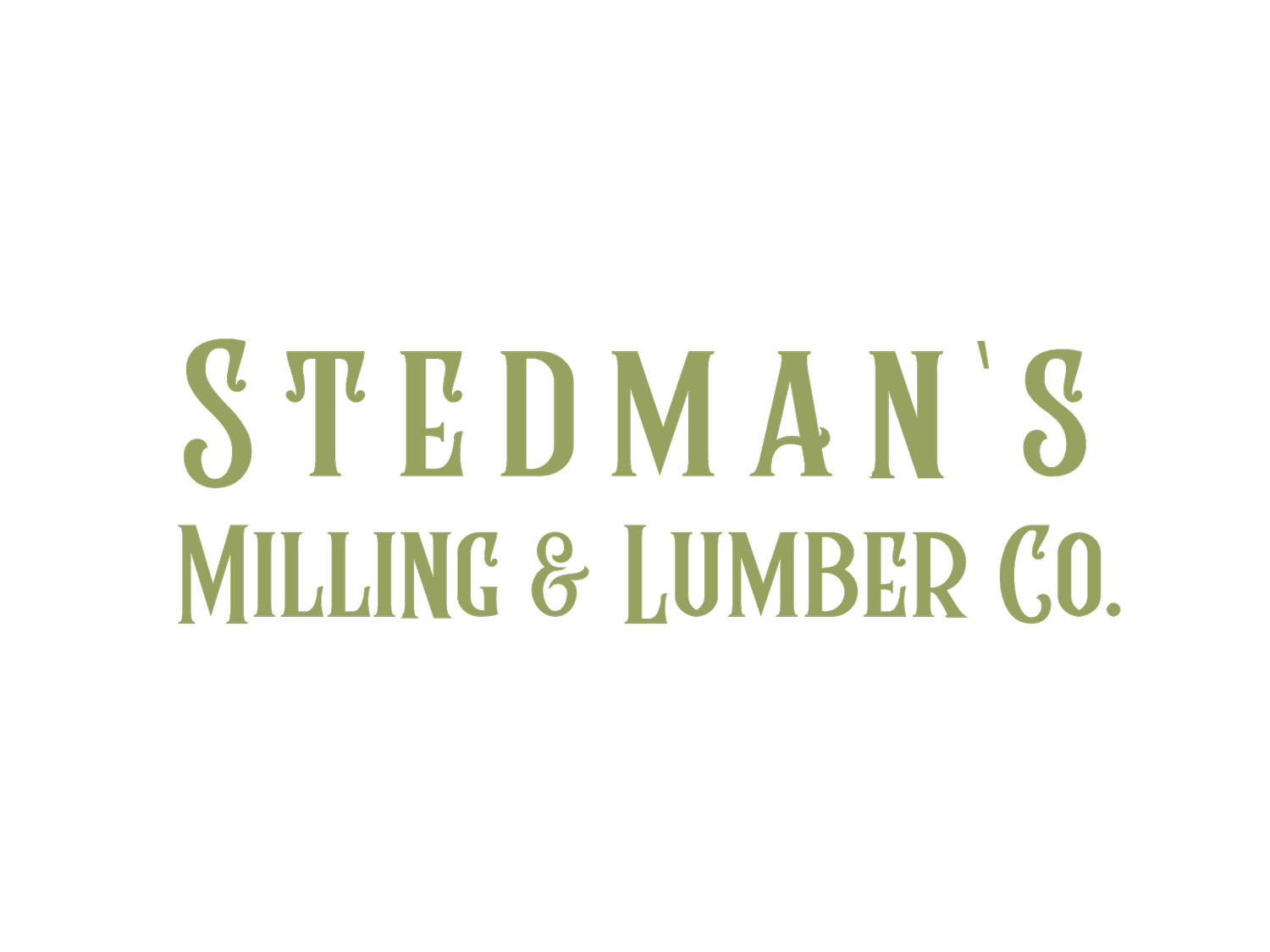
Family-owned and operated local sawmill and lumber yard.
Artists at heart, Michael and Ashley MacDonald created Stedman’s Mill & Lumber Co.
FAQs
-
Green lumber refers to lumber that has a high moisture content – freshly harvested logs are considered to have a moisture content (MC) of 100%. Once harvested and sawn into lumber, the wood begins the slow process of air drying. The high moisture content means the wood is softer and more flexible, making it a a great option for carving or turning. Keep in mind that green wood will always dry over time, which increases the possibility of cracking or warping.
-
Typically, green lumber is best used in outdoor applications where the moisture content will fluctuate with the seasons (rain and high humidity will increase moisture content and wind and sun will decrease moisture content) such as fencing, pergolas, or garden beds. Ideally, you wouldn’t use green lumber for an indoor project, but if you do make sure you acclimate the wood first by letting it sit for a few weeks inside a dry location.
Green lumber is often used for specific construction projects like framing, where the gradual drying and subsequent shrinking of the wood don’t cause significant issues.
-
Kiln-dried lumber is green wood placed in kilns where heated air circulates to dry it out. This process reduces the wood’s moisture content to achieve equilibrium moisture content (EMC), enhancing the wood’s strength and structural integrity for building purposes.
-
The kiln-drying process reduces moisture content, which minimizes the chances of shrinkage, warping, or swelling once the wood is in use. For indoor furniture, flooring, or structures with crucial stability, kiln-dried wood is a favorite among carpenters and builders.
